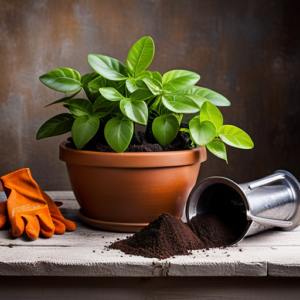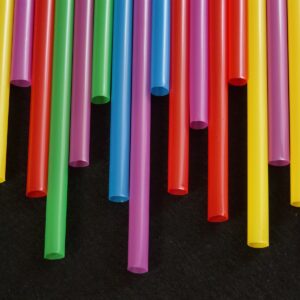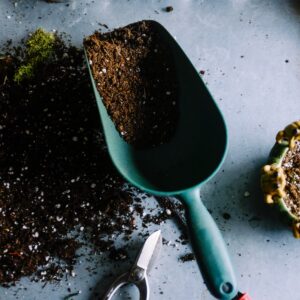Yes, you can create a sustainable garden at home! With a little bit of planning and effort, you can have a beautiful garden that is also eco-friendly. Here are some do’s and don’ts to keep in mind when creating your sustainable garden:
A sustainable garden is a garden that is designed to be environmentally friendly, economically viable, and socially responsible. It’s a garden that is designed to work with nature rather than against it, and it’s a garden that can provide you with fresh, healthy produce while also reducing your carbon footprint. In this article, we will explore some tips and ideas on how to start a sustainable garden at home. Whether you’re an experienced gardener or just starting out, these tips will help you create a garden that is good for you and good for the planet.
Table of Contents
Do’s
1. Plan your garden
The first step in creating a sustainable garden is to plan your garden. Consider the size and location of your garden, the types of plants you want to grow, and the amount of sunlight and water your garden will receive. Choose plants that are native to your area and that are well-suited to the growing conditions in your garden.
2. Use organic gardening practices
Organic gardening practices are essential for creating a sustainable garden. Use natural fertilizers, such as compost and manure, instead of chemical fertilizers. Use natural pest control methods, such as companion planting and crop rotation, instead of pesticides. And use organic seeds and plants whenever possible.
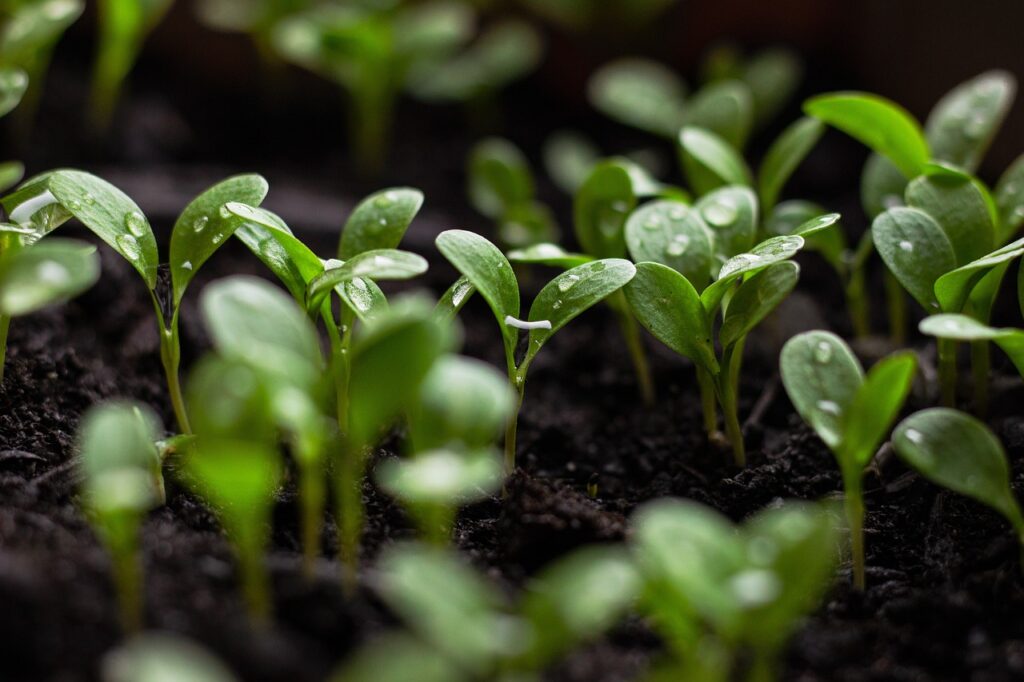
3. Conserve water
Creating a sustainable garden involves conserving water. One way to do this is by collecting rainwater in a rain barrel for your garden. Another way is to use drip irrigation or a soaker hose for watering your plants. To reduce runoff, it’s also recommended to mulch around your plants to retain moisture in the soil. Additionally, consider planting drought-tolerant species for more efficient use of water. If you need to use sprinkler systems, make sure to use them wisely and during the appropriate time of day.
4. Compost
Composting is a great way to reduce your food waste and create nutrient-rich soil for your garden. Compost your food scraps, yard waste, and other organic materials, and use the compost to fertilize your garden.
5. Attract beneficial insects and Support local wildlife
Beneficial insects, such as bees and ladybugs, are essential for pollinating your plants and controlling pests. Plant flowers that attract these insects, such as sunflowers, lavender, and marigolds, and avoid using pesticides that can harm them.
Supporting local wildlife is an important part of creating a sustainable garden. Plant native plants that provide food and habitat for birds, butterflies, and other wildlife. Install bird feeders and bird baths to attract birds to your garden. And avoid using chemicals that can harm wildlife.
6. Choose native plants that are adapted to your local climate and soil conditions.
These plants will require less water and maintenance than non-native species.
7. Use renewable resources
Using renewable resources is an important part of creating a sustainable garden. Use solar-powered lights to illuminate your garden at night, and use bamboo or other sustainable materials for garden structures, such as trellises and raised beds.
8. Recycle
Recycling is an essential part of creating a sustainable garden. Use recycled materials, such as old pallets or bricks, for garden paths and borders. Use recycled containers, such as old buckets or barrels, for planting. And recycle your garden waste, such as leaves and grass clippings, by composting.
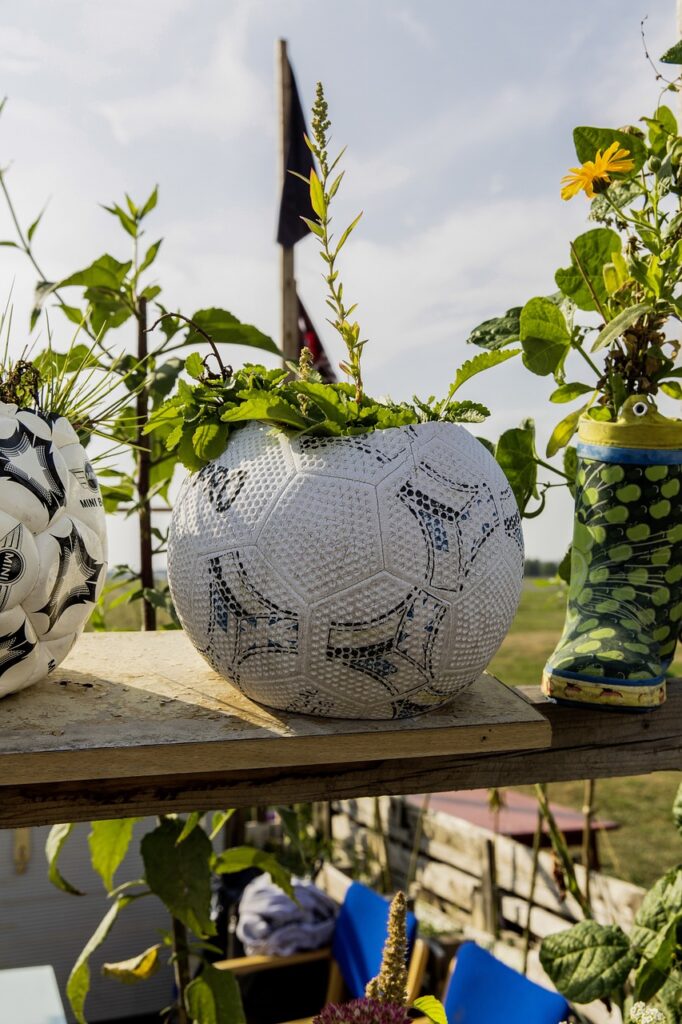
9. Choose sustainable garden products
Choosing sustainable garden products is an important part of creating a sustainable garden. Choose tools and equipment that are made from sustainable materials, such as bamboo or recycled plastic. Choose organic fertilizers and pest control products. And choose plants that are grown using sustainable practices.
10. Educate yourself
Educating yourself about sustainable gardening is an essential part of creating a sustainable garden. Read books and articles about sustainable gardening practices. Attend workshops and classes on sustainable gardening. And connect with other gardeners who are passionate about sustainability.
Don’ts:
1. Don’t use chemical fertilizers, pesticides, or other harmful chemicals in your garden.
Chemical fertilizers and pesticides can harm the environment by polluting the soil, water, and air. They can also harm beneficial insects and other wildlife that are essential for a healthy garden ecosystem. Instead of using chemical fertilizers and pesticides, use natural alternatives, such as compost, manure, and companion planting, to fertilize and protect your plants.
2. Don’t waste water by over-watering or watering at the wrong time of day.
Over-watering your garden can lead to water waste and can also harm your plants by causing root rot and other problems. It’s important to water your garden only when necessary and to water at the right time of day, such as early in the morning or late in the evening, to reduce evaporation. You can also use drip irrigation or a soaker hose to deliver water directly to your plant’s roots and reduce water waste.
3. Don’t throw away garden waste, such as leaves and grass clippings, that can be composted.
Garden waste, such as leaves, grass clippings, and other organic materials, can be composted to create nutrient-rich soil for your garden. By throwing away this waste, you’re missing out on an important opportunity to improve your garden’s health and sustainability.
4. Don’t use non-renewable resources, such as plastic or metal garden structures.
Non-renewable resources, such as plastic and metal, are not sustainable and can harm the environment by contributing to pollution and waste. Instead of using non-renewable resources, choose sustainable alternatives, such as bamboo or recycled materials, for your garden structures. You can also make eco-friendly choices for maintaining your garden by choosing a rechargeable or manual mower instead of a gas-powered one.
5. Don’t harm local wildlife by using harmful chemicals or destroying their habitat.
Local wildlife, such as birds, butterflies, and bees, are essential for pollinating your plants and maintaining a healthy garden ecosystem. By using harmful chemicals or destroying their habitat, you’re harming the very creatures that are essential for the health of your garden. Instead, choose natural pest control methods and plant native plants that provide food and habitat for local wildlife.
6. Don’t use non-sustainable garden products, such as tools and equipment made from non-sustainable materials.
Non-sustainable and non-sustainable garden products, such as plastic mulch or weed barriers, can harm the environment by contributing to pollution.
Creating a sustainable garden is an achievable goal for anyone who is willing to put in the time and effort. By following these tips and ideas, you can create a garden that is good for you and good for the planet. Sustainable garden methods can result in providing fresh, healthy produce, supporting local wildlife, and help towards reducing your carbon footprint. So, start planning your sustainable garden today and enjoy the many benefits that it has to offer!


